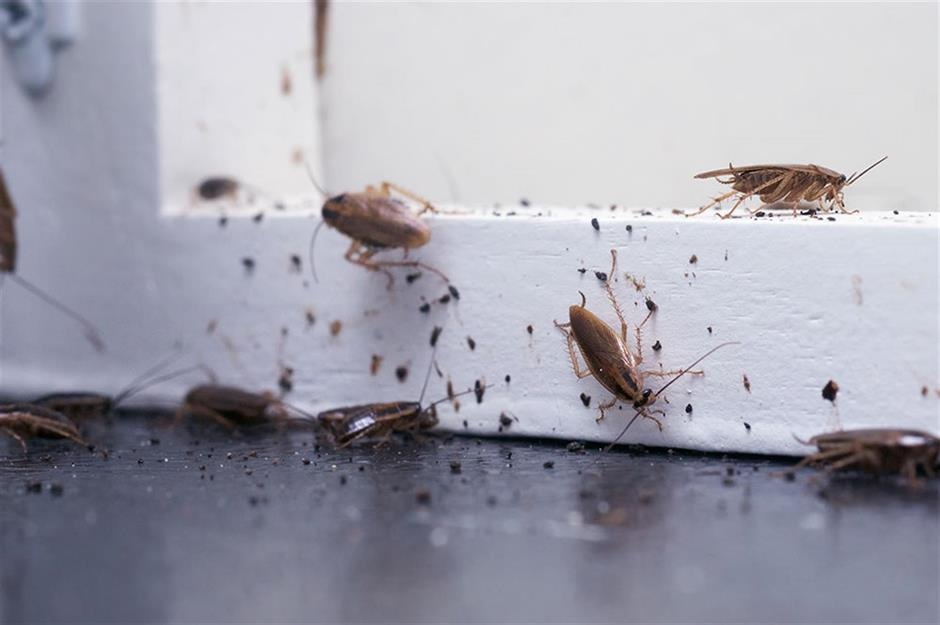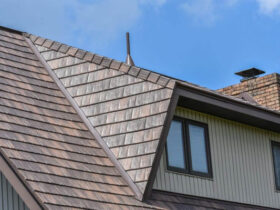The last thing you want to spot while hunting for a midnight snack is a pair of beady eyes watching you from beneath the fridge.
Dorm life can be uncomfortable as it is, but encountering problems like mice can make it feel truly nightmarish. You probably overheard some of the older students recount dorm horror stories involving insects or rats.
Fortunately, there are tried-and-true strategies for handling these gnawers. Whether you prefer DIY mice control techniques or professional help, you will be able to kick out those invaders once and for all.
Why Dorms Are a Breeding Ground for Pests
Dormitories provide an ideal playground for bugs. Just think about it. Food is kept out for longer than it ought to be, and many people share quite a small living area. Thus, the creepy crawlies finding dorm rooms appealing makes sense.
Particularly small, crafty, and opportunistic mice are widespread in dorms. Searching for warmth, food, and cover, they can fit through small cracks. Moreover, keeping doors open for long stretches helps these squeakers slip in undetected.
Shared dorm kitchens aggravate the issue as they can be very messy. Leftover pizza boxes, crumbs, and unsealed food containers invite rodents and other pests to come and feast.
Worse still, mice and insects reproduce quickly. Hence, if you find one, there’s a good chance more are hiding close by.
Signs That You Have Vermin in Your Dorm
Living in a dorm can be a great experience, but spotting signs of pests can quickly sour the atmosphere. Common indicators include droppings, which appear as small pellets from rodents or tiny specks from insects.
You might notice gnaw marks on snacks or belongings, as well as small holes in walls and furniture that suggest unwelcome visitors. Strange sounds, especially at night, can hint at critters scurrying about, whether they’re mice, cockroaches, or even ants.
An unusual, musty odour indicates a pest problem lurking nearby as well. On the other hand, discarded nests or shredded materials point to larger infestations.
Staying alert and addressing these signs promptly is essential for maintaining a clean and comfortable living space.
DIY Methods for Keeping Rodents and Bugs at Bay
Having identified the signs of pests, let’s talk about how to send these unwelcome visitors packing.
The good news is that you could try different methods yourself before going for professional help. Just a little resourceful and out-of-the-box thinking will help you handle the situation.
Keep the Area Clean
One of the most effective ways to prevent pests is by maintaining a tidy living space. Start by storing food in airtight containers, which helps keep it fresh and discourages unwanted visitors.
Regular vacuuming is crucial. Pay attention to areas beneath furniture and around appliances, as crumbs can easily accumulate there.
Shared food stations are usually a hotspot for these nasty creatures, so make sure you keep your kitchen clean. Additionally, make it a point to dispose of trash frequently, ensuring bins are tightly sealed.
By limiting accessible food sources, you will not only deter mice but also keep ants, cockroaches, and fruit flies at bay.
Set Traps
Arranging traps for mice control is among the simplest and most successful fixes available. Snap traps are reliable and have been around for decades. Just arrange them close to the walls in high-activity areas.
To tackle insect problems, sticky traps are quite effective for catching crawling pests like cockroaches, ants, and spiders. Setting these traps in corners or under sinks can help you monitor for any unwanted visitors.
Bait stations are another option. They lure ants and other insects, allowing them to bring the bait back to their nests.
By incorporating a mix of traps, you can develop a solid approach to managing a variety of pests in your living space.
Use Natural Oils
Another approach is to apply peppermint oil, a naturally occurring repellent. Mice’s sensitive nostrils are offended by the powerful scent, hence they avoid places where it is sprayed.
You can arrange cotton balls drenched in peppermint oil around the dorm, especially close to doors or wall cracks.
However, peppermint oil is not just useful for keeping mice at bay. It can also help repel other unwanted insects. Ants, for example, dislike the smell and avoid trails where it’s present.
Since spiders also love their environment to be completely free of odours, they always detest places where peppermint oil has been sprayed.
Complementing its effectiveness, you add peppermint oil to a water-spraying bottle for easy application. Regularly refreshing the cotton balls or spray will ensure that the scent remains potent, helping maintain a pest-free living space.
This natural solution not only protects your dorm but also adds a pleasant aroma to your environment.
Control Their Access
Still, another crucial action is blocking access locations. Furry critters and insects can fit via small cracks or holes.
Hence, check your room for those and fix them with caulking or steel wool. Given mice cannot gnaw through steel wool, it is extremely useful.
When to Call a Pest Control Service
As effective as do-it-yourself techniques are, the situation can spiral out of control. Calling in mice control and pest management experts is sometimes your best bet. This is especially true if the infestation appears to be getting worse.
They have at their disposal all the right tools and equipment, from safe and effective poisons to speciality traps. Besides, they have tons of expertise and apply efficient techniques for disposing of mice quickly and effectively.
Exterminators can also go over the dorm carefully to find any secret access points you could have missed. They will be able to identify the cause of the problem, guarantee that the infestation is eradicated, and counsel you on preventative measures.
Preventing Future Infestations
Once the squeakers have been eliminated successfully, you wouldn’t want them to make a sudden comeback. Stopping future infestations calls for both awareness and a stringent routine.
Your best defence is cleanliness. Verify that windows and doors are correctly sealed. Promptly report any major structural problems to the dorm administration.
Shared living environments also call for open communication with your colleagues. Maintaining a pest-free dorm will be a lot simpler if everyone is on board.
Being proactive can help you enjoy your time during your dorm stay and eliminate concerns regarding any unwanted invaders.
Conclusion
Living in a dorm is supposed to be an exciting chapter of your life. Knowing why rats and other bugs find their way into your dorm and acting fast can guarantee that your college experience remains pleasant.
Whether calling in professionals or using natural deterrents like peppermint oil or do-it-yourself traps, the important thing is to stay vigilant. The next time you see a shadow run across the floor, relax. You now have all the right knowledge to handle it.





